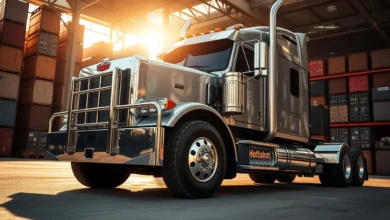Paragon’s Reel Media acquires a wise danger from Massachusetts

Paragon Insurance Holdings, which is based in Connecticut, announced that the specialized media and emergency platform, Reel Media Insurance, has gained Wise Risk, a wholesaler company for insurance products paid at the event and specialized.
The Nidham, Massachusetts, focuses on entertainment, sports and events production sectors. The company provides events, non -appearances, weather coverage, sports disability, film and television insurance.
Wise Risk was founded in 2020 by Steve Berlini, the company president. Peroli is very familiar with Benik Media. Help the launch of all the international media (AMG), which was the a wholesale mediation department at Reel Media. In 2017, AMG and Reel Media were combined and Perlini became President of Reel Media. In January 2020, he founded wise risk.
Peroli will join Reel Media with Vice President Lindsey Harris. Both will continue in their current roles after acquisition
Reel Media is a general administrative agency (MGA) that serves entertainment, movies, television, sports, car sports and entertainment markets. It has with offices in California, Massachusetts and Toronto.
Paragon Insurance Holdings is the Galway Holdings Company formed in 2014, writing commercial lines insurance through more than 25 programs.
The conditions of the transaction have not been revealed.




